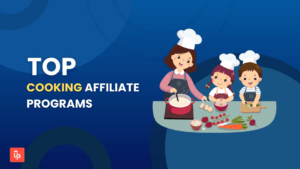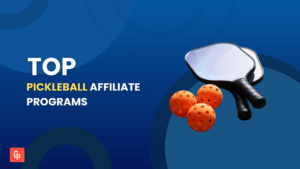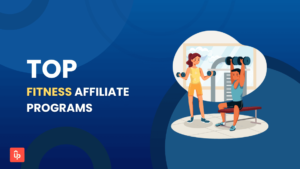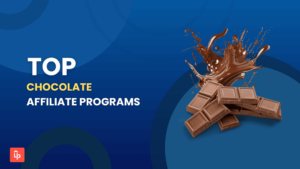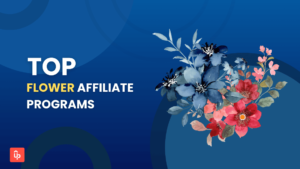Affiliate marketing is for everyone, even if you’re a student, a stay-at-home mom, or a full-time employee. You don’t need to be an expert to earn serious cash when doing affiliate marketing. It’s all about choosing the right affiliate program for beginners at first.
We know you might be struggling to find a suitable program, so we’ve done the work. You can read through our lists of the 20 best affiliate programs and networks to consider.
TL;DR
As a beginner, joining a suitable affiliate program is important to achieve success. You can consider some of these programs from the top industries.
- Amazon (Commission: 1-20%, Cookie: 24 hours)
- Etsy (Commission: 4%, Cookie: 30 days)
- NordVPN (Commission: 30-100%, Cookie: 30 days)
- Hubspot (Commission: 30%, Cookie: 180 days)
- BuddyBoss (Commission: 30%, Cookie: 60 days)
- Liberty Mutual (Commission: $3-10, Cookie: 30 days)
- SocialBee (Commission: 10-20%, Cookie: 90 days)
- Woorise (Commission: 30%, Cookie: 90 days)
- Omnisend (Commission: 20% Cookie: 60 days)
- Proton (Commission: 30-100%)
It can be overwhelming to run programs, manage affiliates, monitor performance, or process payments. However, affiliate software like UpPromote can help handle all these tasks effortlessly. Our app makes it simple for even beginners to grow a successful affiliate marketing program.
With 2500+ positive Shopify reviews, UpPromote boasts as the top trusted affiliate software.
10 Best Affiliate Programs for Beginners To Start Affiliate Marketing
Is it overwhelming to read through it all? Take a look at the table below to see some of the best affiliate programs for beginners.
| The best affiliate programs | Program name |
| Affiliate program with the highest commission rates | NordVPN, Proton (Up to 100%) |
| Affiliate program with the longest cookie duration | Hubspot (180 days) |
| Affiliate program with the most payment methods | Etsy (ACH, BACS, SEPA, Payoneer) |
| Affiliate program that requires the smallest payment threshold | Hubspot ($10) |
| Affiliate program with the most promotional materials | SocialBee (Templates, copies, guides, slide decks, screenshots, banners, badges) |
1. Amazon
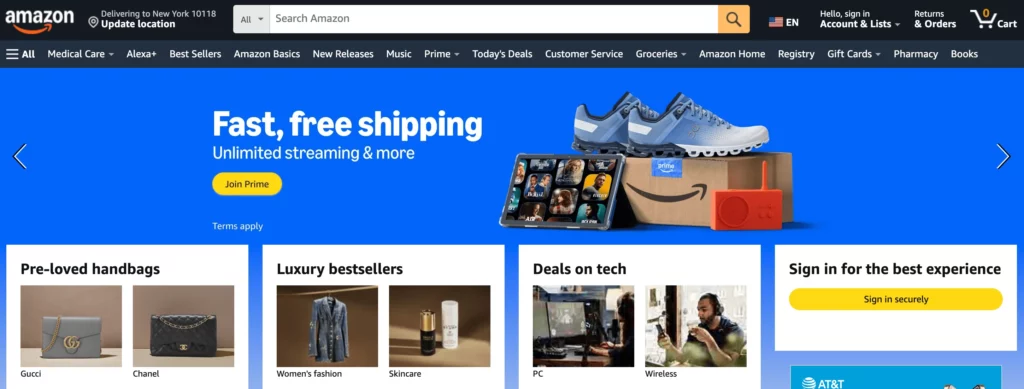
Amazon features millions of retail products across all niches, such as health, fashion, technology, food, and so on. They enhance the shopping experience with one-click ordering, public product reviews, and box-free returns.
Amazon Associates is one of the most popular affiliate programs for beginners. They offer between 1% and 20% commission per sale based on the types of products you choose to promote. The cookie only lasts 24 hours from the customer’s first click on your link.
You can receive payouts via bank transfer, cheque, or Amazon Gift Certificates. However, you must meet a $10 payment threshold to withdraw money via bank transfer and Amazon Gift Certificates, or $100 for the cheque.
Amazon creates banners and text links to help affiliates improve their content quality. You can also integrate native shopping ads into your site to direct customers to suitable product pages.
|
2. Etsy
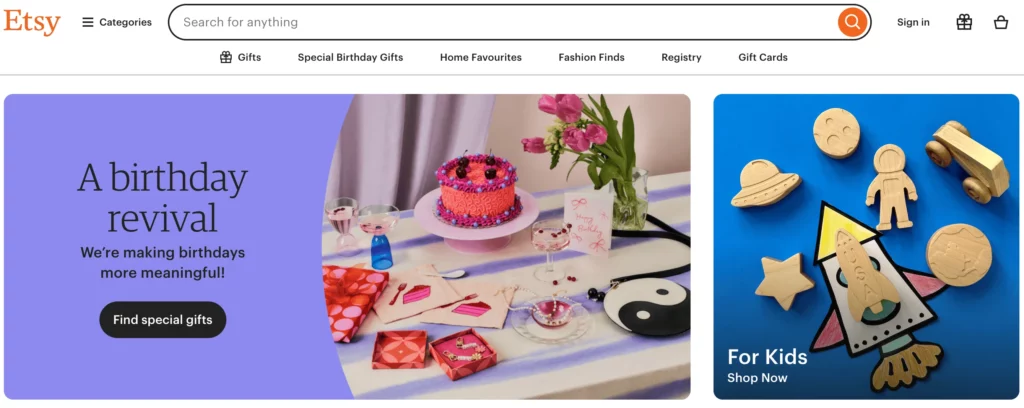
Etsy is one of the largest online marketplaces for vintage and crafted products from independent artists. Their diverse collection includes jewelry, fashion accessories, and home decoration items.
It’s easy for beginners to join the Etsy affiliate program via Awin. After getting approved for the program, you can enjoy a 4% commission on every qualified purchase. The cookie stays active for 30 days from the customer’s first click on your link.
You’ll receive different banner templates to select the most suitable ones for your promotional campaigns. They also send newsletters about product updates and latest promotions. You can also access their product feed to choose the right items and promote them to your audience.
- Commission rate: 4%
- Cookie duration: 30 days
- Payment methods: ACH, BACS, SEPA, Payoneer
- Promotional materials: Banners, product feed
3. NordVPN
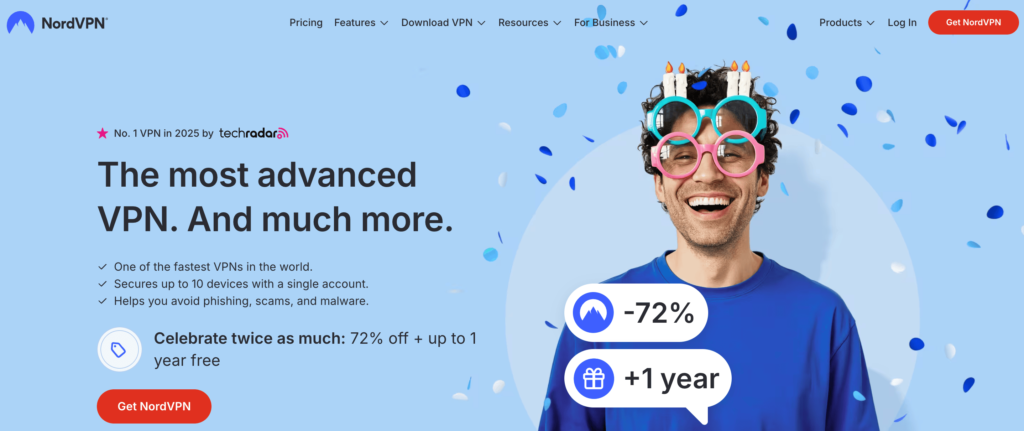
NordVPN operates over 7,400 high-performance and secure VPN servers across 118 countries. Their services help users avoid scams and block various types of online malware.
You can join the Nord VPN affiliate program to earn up to a 100% commission per successful subscription.
- 1-month offer: 100% commission
- 1-year offer: 40% commission
- 2-year offer: 30% commission
If customers renew their subscription, you’ll earn another 30% commission across all plan purchases. The cookie remains active for 30 days once customers click on your link.
You don’t need a website to apply and become an affiliate partner. This makes the NordVPN affiliate program a great choice for beginners. You’ll get a unique affiliate link to promote on different marketing channels like Facebook, TikTok, YouTube, or Instagram.
|
4. Hubspot
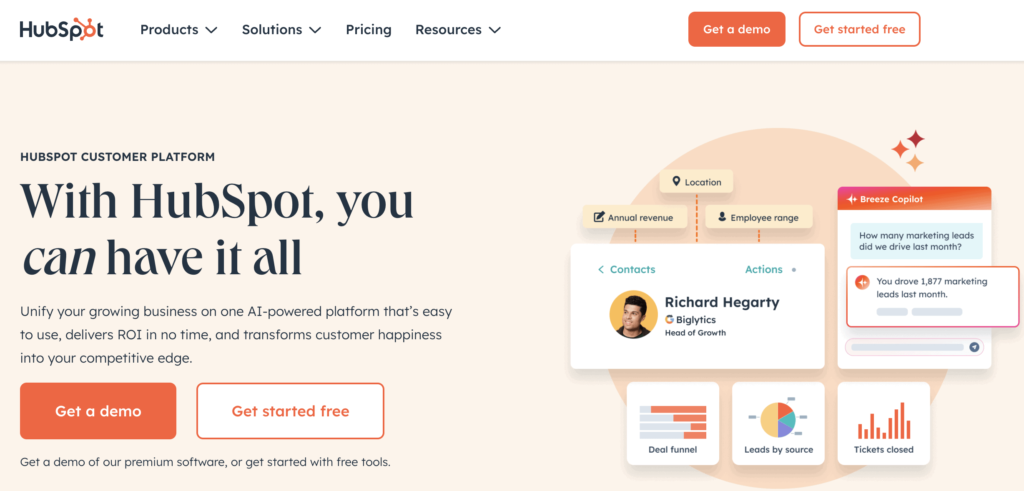
Hubspot helps businesses manage their inbound marketing, sales pipelines, and customer support services on one platform. Their ecosystem uses CRM as the core to centralize customer data and automate related tasks.
The HubSpot affiliate program is even open for beginners. They offer a 30% commission on every qualified sale, with the potential to earn up to $1,000 in commission per sale.
- Hubspot affiliate: 30% commission
- Super Affiliate (100-200 signups/month): 30% commission + bonuses
- Elite Affiliate (More than 200 signups/month): Custom commission
The cookie lasts 180 days, giving you a great amount of time to get credit for customers’ purchases. Hubspot pays affiliates on a net-30 basis via PayPal and direct deposit. However, you must reach a $10 payment threshold to withdraw earnings.
You’ll have access to over 400 promotional assets, such as content copies, banners, and demo videos, to create content. Even if you’re a beginner or don’t have a website, you can still find suitable materials to launch your first marketing campaigns.
|
5. BuddyBoss
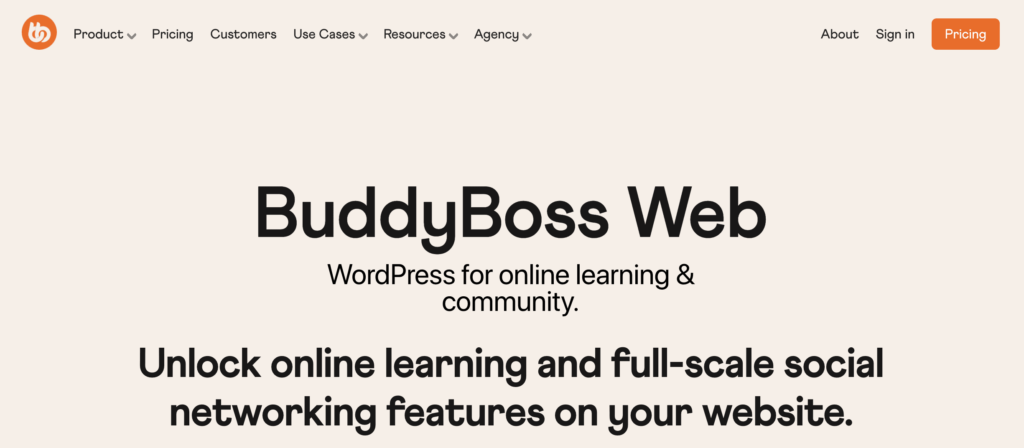
BuddyBoss assists WordPress website owners in scaling their online community and e-learning platforms. They also develop a fully synced mobile app to provide offline access for users.
If you’re looking for an affiliate program for beginners, BuddyBoss is a good option. You can enjoy a 20% commission on both website and in-app sales. You can benefit from customers’ purchases within 60 days of their first click on your link. All payouts will be transferred via PayPal once you meet a $200 payment threshold.
The brand provides ready-made email templates to help you run effective email campaigns. You can also post swipe copies with banners and text links on your website, blog, or social media accounts to increase conversion rates.
|
6. Liberty Mutual
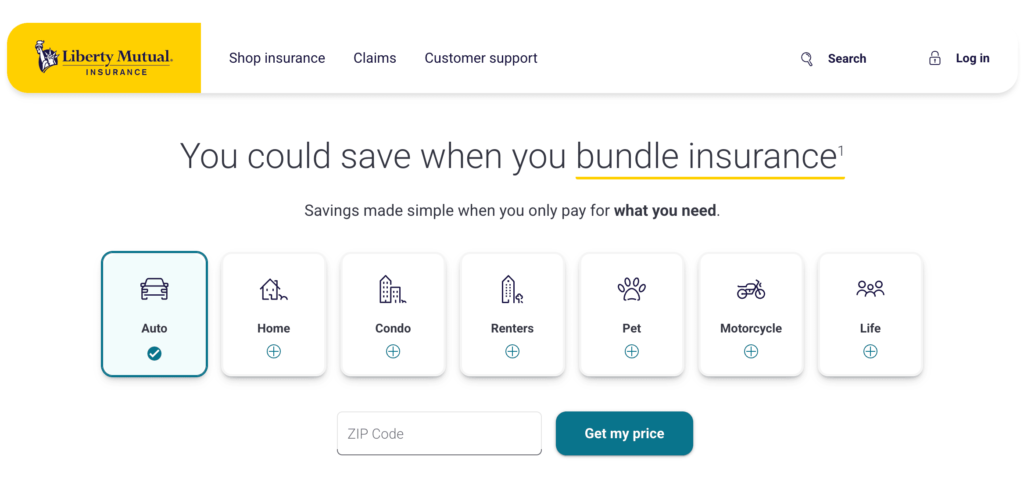
Established in 1912, Liberty Mutual has over a century of experience providing personal, commercial, bundled, and specialty insurance solutions worldwide. They serve a wide range of industries, including construction, energy, and shipping.
If you are new to affiliate marketing and looking to promote insurance products, you can find a reliable starting point with the Liberty Mutual affiliate program for beginners. You can simply join their affiliate program via CJ Affiliate and enjoy a $3 to $10 commission per sale.
- Auto Insurance: $10
- Home Insurance: $10
- Renters Insurance: $3
The cookie stays on customers’ devices for 30 days once they click your link. If they purchase within this time frame, you’ll get a commission.
Liberty Mutual customizes promotional assets upon affiliate request. You can request any suitable materials to boost your content quality and increase conversions.
|
7. SocialBee

SocialBee helps businesses manage and schedule content on many social media platforms at once. They update over 1,000 prompt templates with images and captions to simplify daily content creation.
The SocialBee affiliate program is ideal for beginners looking to explore affiliate marketing. Once you’re in, you can earn a 10% commission on every service purchase and a 20% commission on a tool sale. If customers purchase within 90 days of their first click on your link, you’ll get a commission. You can withdraw monthly payouts via PayPal or Stripe in your local currency.
You have access to the collection of promotional materials and guides from Social Bee to build effective campaigns. You can save a lot of time creating content using their ready-made templates and pre-written copies.
|
8. Woorise
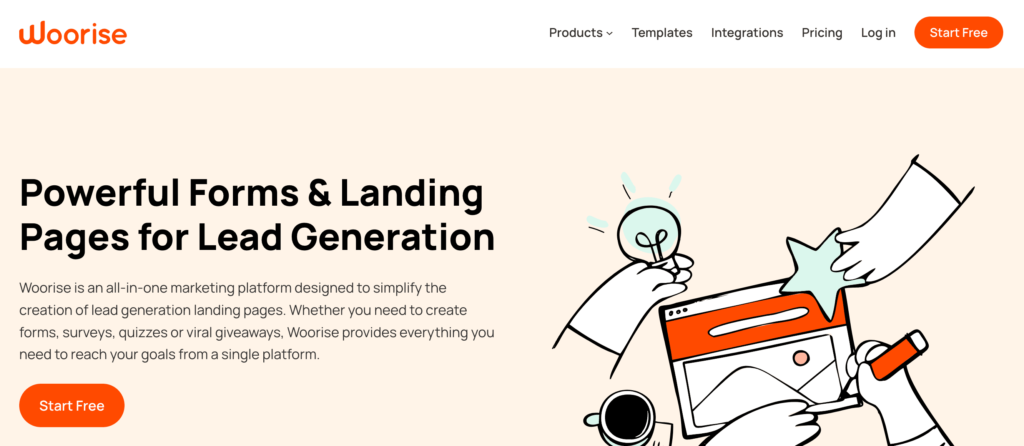
Woorise allows small businesses to create forms, surveys, quizzes, and landing pages for lead generation campaigns. They integrate with payment gateways, email marketing platforms, and tracking tools to streamline marketing strategies.
Woorise welcomes both beginners and experienced affiliates to join their affiliate program. You can earn a 30% commission on each qualified purchase. You can get your commission once the customer makes a purchase within a 90-day cookie duration.
The brand only uses PayPal to transfer monthly affiliate payouts. They also require you to meet a $100 payment threshold to withdraw earnings.
You’ll have personalized affiliate links with your brand name to track sales performance more easily. You can also add relevant text or keywords to your blog posts or social media content to increase click-through rates.
|
9. Omnisend
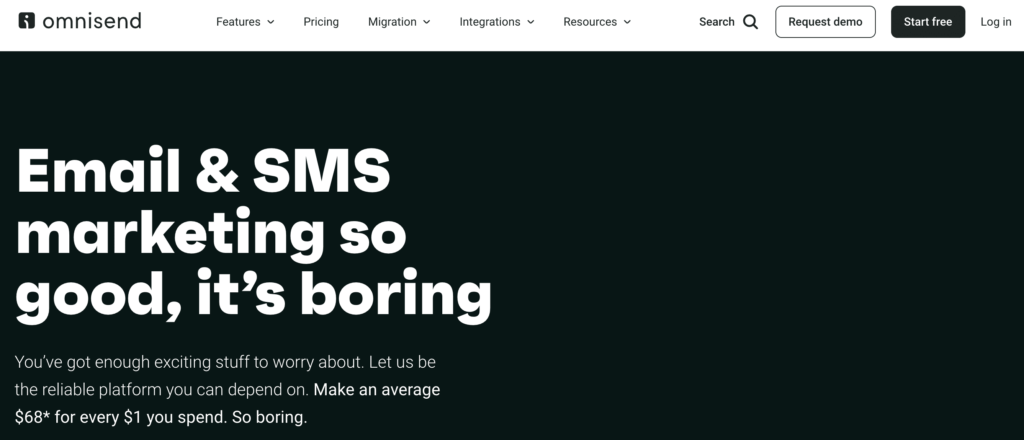
Omnisend connects e-commerce businesses with potential customers through SMS and email marketing. Their powerful pre-built automation workflows can handle common tasks like welcome messages, abandoned cart recovery, and order confirmations.
With the Omnisend affiliate program, you can earn a 20% commission for every successful purchase. You can benefit from customers’ purchases within 60 days of their initial click on your link.
The brand provides various pre-designed marketing ads and websites. These resources are perfect for beginners who join Omnisend’s affiliate program to use across social media platforms and increase engagement.
|
10. Proton

Proton develops various data storage and management tools with end-to-end encryption. They also offer high-speed VPN with global coverage to ensure users’ online activity remains completely private.
The Proton affiliate program offers commission rates on both new and renewal subscriptions. You can enjoy up to a 100% commission on a plan subscription.
| Plan Type | VPN | Drive | Pass | |
| Monthly plan sign-ups | 100% | 30% | 30% | 50% |
| 1-year / 2-year sign-ups | 40% | 30% | 30% | 30% |
If customers renew their subscription plan, you’ll earn a 30% recurring commission across all purchases. Proton pays you via PayPal once a month after your account balance reaches at least $100.
The Proton affiliate program is great for beginners. They offer many promotional materials for affiliates to create marketing campaigns easily. You can also get a unique affiliate link to track sales more easily and accurately.
|
10 Best Affiliate Networks Every Beginner Should Know
1. CJ Affiliate
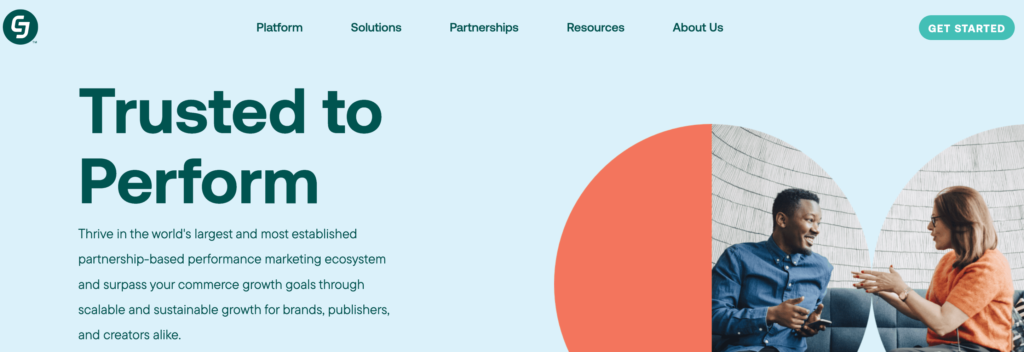
CJ Affiliate is one of the most highly recommended affiliate networks for beginners. They give you access to over 3,800 affiliate programs in major niches like fashion, technology, food, and finance.
What sets CJ Affiliate apart is their partnership with big names like Nike, Zappos, GoDaddy, and Walgreens. New affiliates can easily find advertisers’ pre-made promotional materials within the CJ affiliate dashboard to build their campaigns.
They provide various compensation models for affiliates like pay-per-sale, pay-per-lead, and pay-per-call. As a beginner, you can choose a suitable model to increase your earning chances.
2. ShareASale
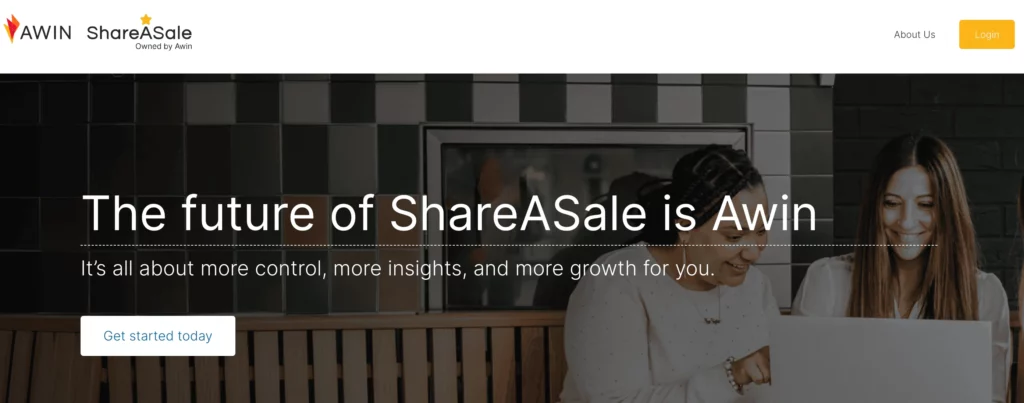
As part of Awin, ShareASale has become a trusted affiliate network for beginners. The platform helps affiliates build marketing strategies with effective promotional tools and detailed affiliate data analysis.
Many beginners sign up for ShareASale because of their detailed affiliate marketing guidance and educational resources. They let affiliates access the brand’s collection of pre-made content and high-converting marketing materials.
You can find suitable affiliate programs from over 5,000 partnered brands and have a chance to earn hundreds of dollars per sale. ShareASale will pay affiliates via check, direct deposit, wire transfer, and Payoneer. All you need to receive earnings is to have at least $50 in your account balance.
3. Awin
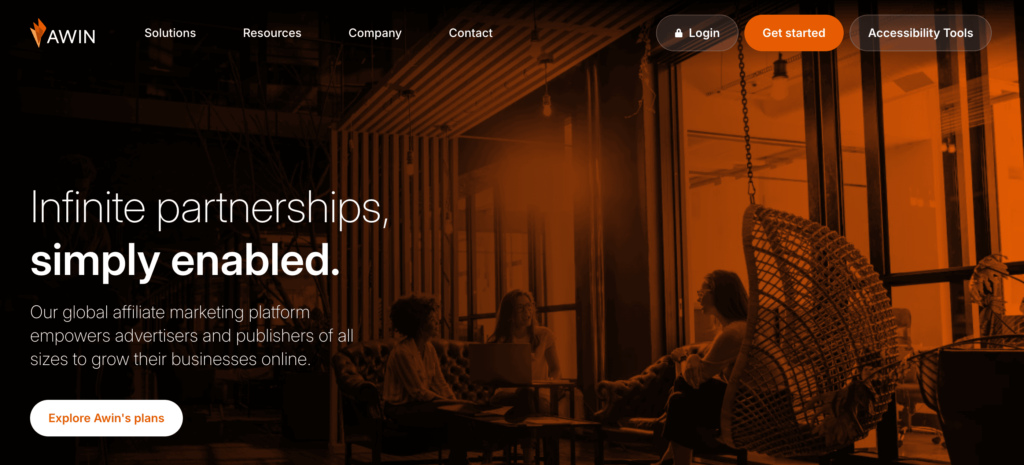 Awin connects affiliates with over 30,000 advertisers in retail, fashion, travel, finance, and so on. The global platform supports both new and experienced affiliates with their easy-to-use interface.
Awin connects affiliates with over 30,000 advertisers in retail, fashion, travel, finance, and so on. The global platform supports both new and experienced affiliates with their easy-to-use interface.
They develop advanced reporting tools to help affiliates access real-time analytics on clicks, traffic, and sales. They also provide various educational and training resources for new affiliates to learn everything about affiliate marketing.
4. Impact

Impact manages affiliate programs for top global brands like Adidas, HubSpot, Puma, and Semrush. They’re famous for advanced data tracking and dedicated support to help affiliates build effective promotional campaigns.
Affiliates can access thousands of Impact’s partner offers to choose a suitable program for them. The network gives affiliates a real-time report on their sales performance to adjust campaigns immediately.
5. FlexOffers
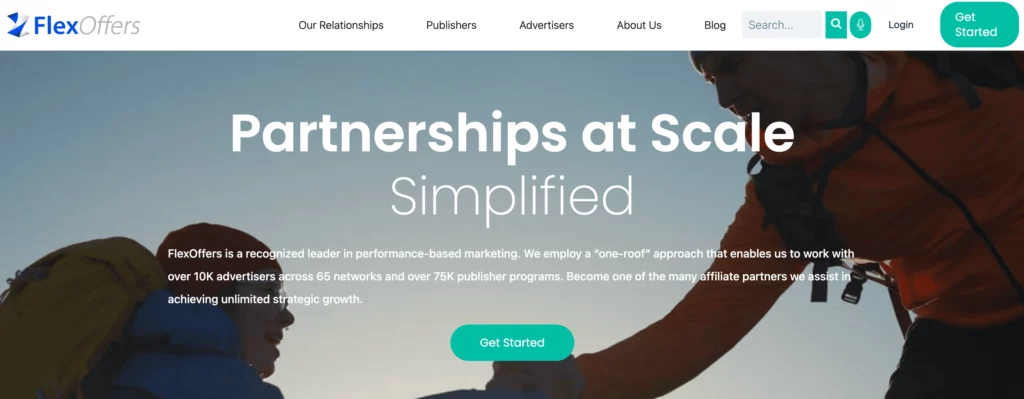
FlexOffers manages over 10,000 affiliate programs across 65 niches in retail, finance, technology, health, and so on. They develop a centralized platform for affiliates to monitor and analyze their performance for all partnered brands.
If you want to partner with top names like Nike, Macy’s, Microsoft, and Hulu, FlexOffers is the right network. Plus, affiliates gain access to APIs, up-to-date reporting, and product feeds to support advanced marketing campaigns.
6. Partnerize
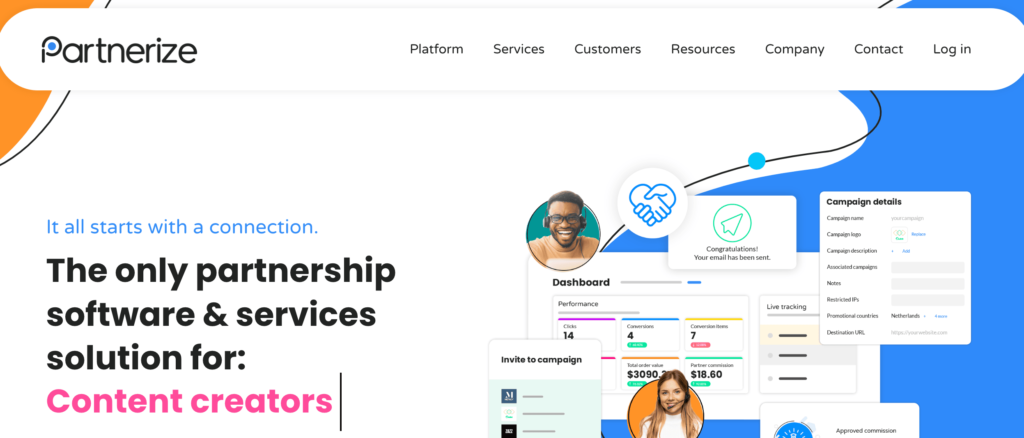
Partnerize automates affiliate and partnership management for over 1,800 enterprises in retail, travel, gaming, and so on. They also help affiliates find suitable partnered brands and join promising global campaigns.
Through their Brand Discovery section, you can find thousands of affiliate programs and apply in just a few steps. You’ll get detailed brand and program information to consider carefully and make an informed decision.
7. Rakuten Advertising
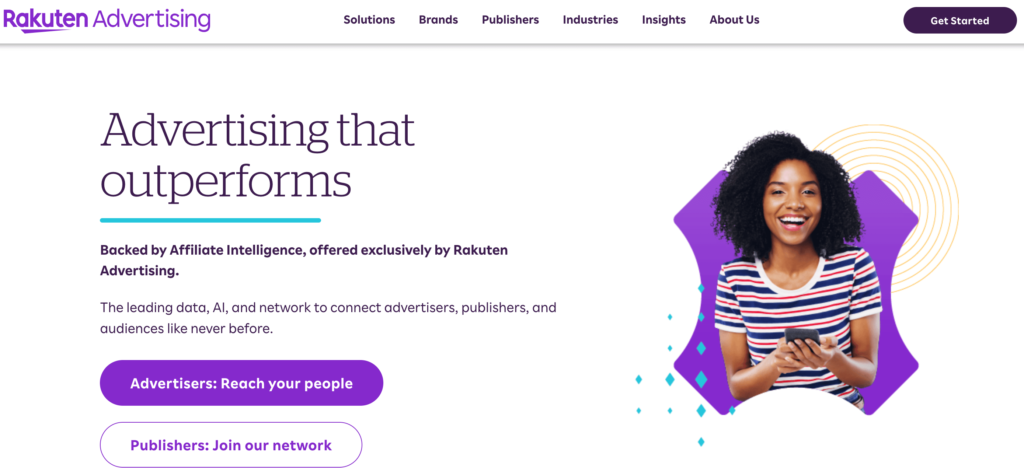
Rakuten Advertising utilizes AI-driven tools to help affiliates predict results and adjust campaigns based on real-time analysis. Affiliates can partner with various top brands like JD Sports, Soho Home, Sephora, All Saints, and so on.
New affiliates should join Rakuten Advertising to easily find partnered brands based on their niche and target audience. The network provides various newsletters and industry insights to help new affiliates start more easily.
8. ClickBank

ClickBank has operated as a global e-commerce platform and affiliate marketplace for over 20 years. They have helped over 100,000 affiliates find suitable programs and grow their business.
ClickBank offers thousands of affiliate programs across niches like meditation, self-improvement, health, and so on. If you want to promote digital products like ebooks or online courses, ClickBank is the right place to start affiliate marketing.
9. MaxBounty
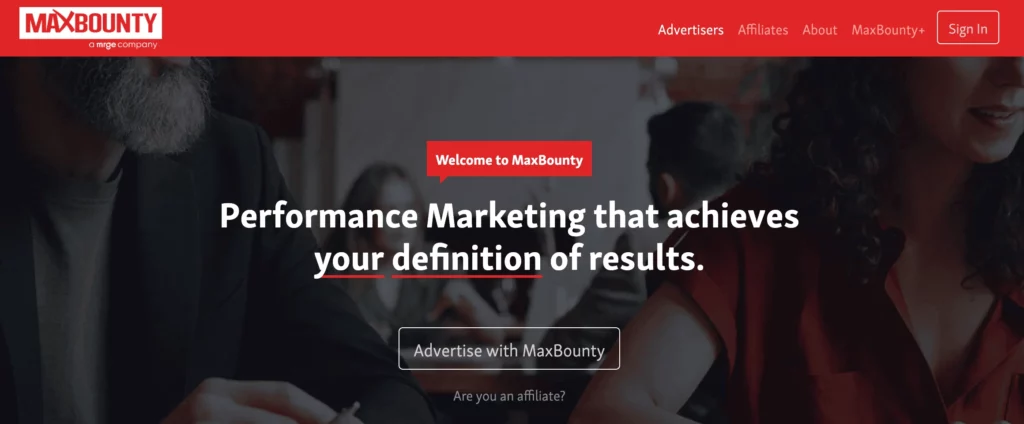
MaxBounty is a trusted affiliate network for beginners, connecting over 30,000 affiliates with brands across fields like health, finance, education, travel, and more. They help affiliates track key metrics like sales, traffic, and conversions through detailed statistical insights.
The network supports various pricing models, such as CPA, CPS (cost per sale), CPL (cost per lead), and CPI (cost per install). If you’re new to affiliate marketing, you should choose a suitable model that aligns with your audience and content to easily earn money.
10. PartnerStack
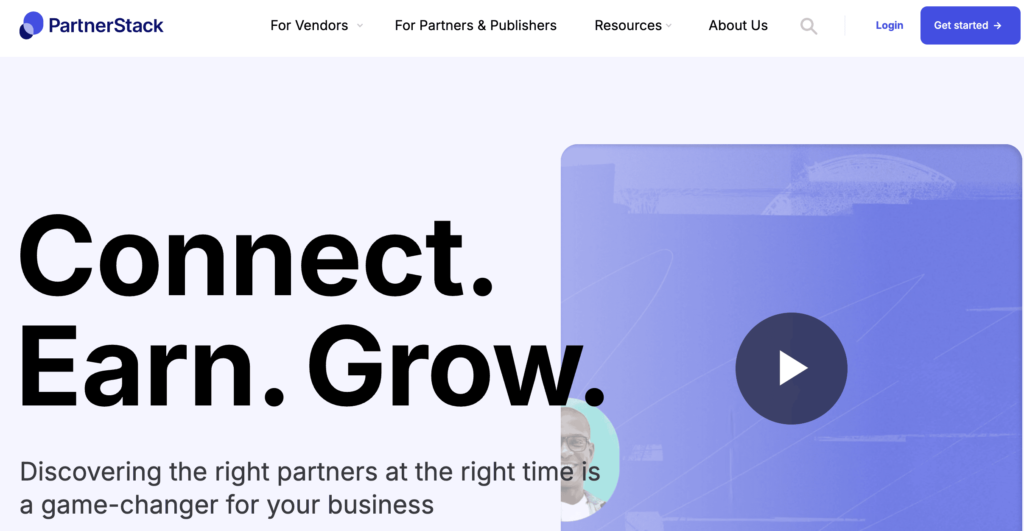
PartnerStack supports B2B SaaS companies in managing their affiliate, referral, and reseller partnerships. They help over 80,000 B2B-focused affiliates find partnered brands with high-paying commissions.
The platform also runs a supportive community to connect affiliates with their fellows. Additionally, they give affiliates access to shared resources, like training materials, tutorials, and FAQs, to help them understand the affiliate marketing landscape better.
Conclusion
Affiliate marketing is a growing and promising way for everyone to earn money across various industries. You might feel overwhelmed when starting your marketing campaigns as a new affiliate. However, you can choose a suitable affiliate program for beginners from top affiliate networks to start more easily with help from experts.



